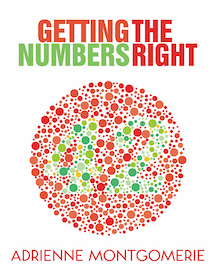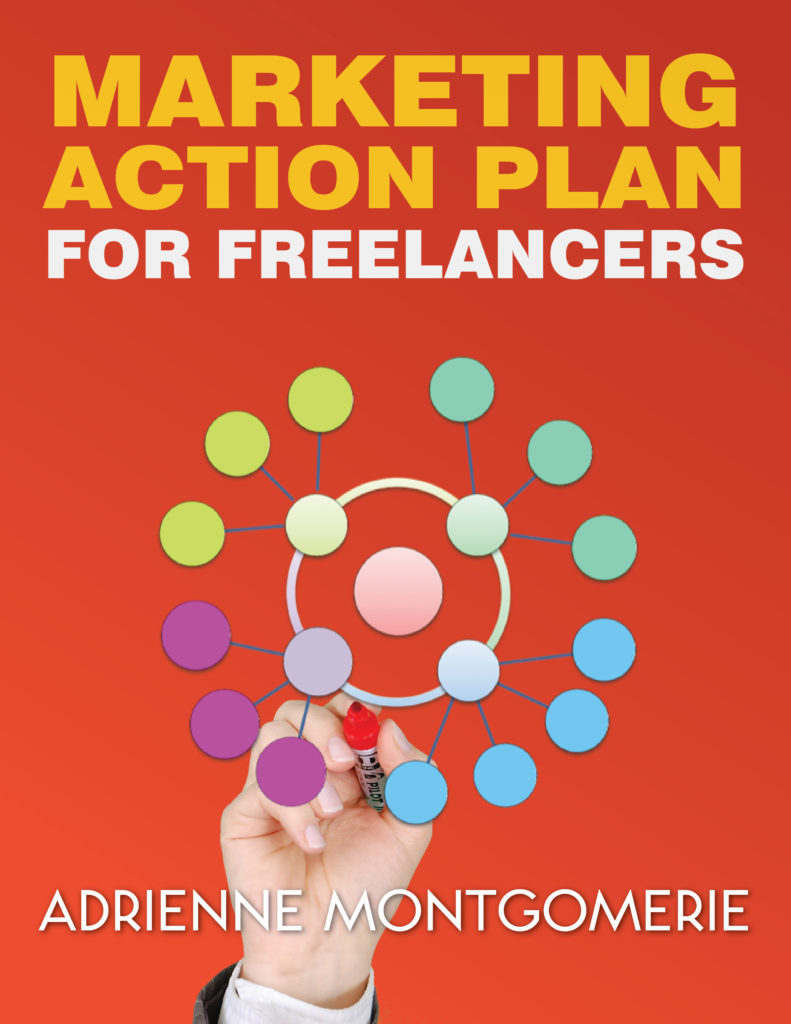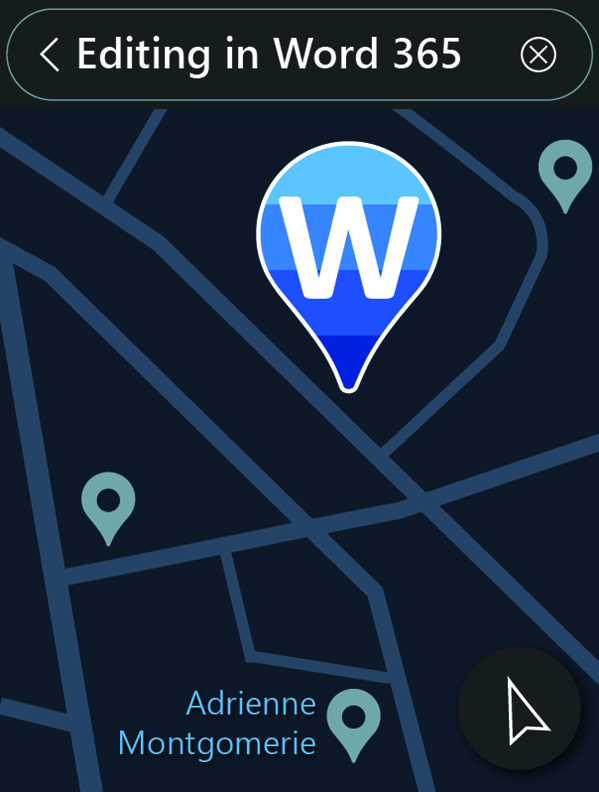
Funny enough, plain language editing is barely about word choice, and none of it is “plain.” Bit of a misnomer for something that describes “clear communication.” This checklist gives the essentials an editor looks for to meet the easy-reading goals of plain language editing. Download the PDF for your own use. [updated 2024]
- Place the most important information first—in each paragraph and in the text as a whole
- Use short sentences with only the necessary information
- Make the text speak directly and concisely
- Choose vocabulary familiar to the reader—what they read and speak every day
- Break up noun chains
- Opt for the verb forms of words, rather than noun forms
- Use an active voice—the subject does the action of the verb in each sentence
- Write in the positive and address the reader directly
- Let headings & subheadings chunk the text; give them parallel grammatical structure
- Let there be blank spaces
- Recast lists into vertical bulleted lists
- Make sure the font is clear (not elaborate) and large enough
- Follow conventions of the medium (i.e., the way the piece is structured for a manual is different from social media)
Pro Tip
Clear communication isn’t about writing an easy-reader. It’s about making ideas accessible to your audience. If the audience is experts, it’s fine to use the expert terminology they are used to seeing. It’s even ok to ask readers to learn a word (through context), just don’t let that happen so much that learning vocabulary becomes the bulk of the work.
Also see the new ISO for plain language published in 2023. It’s concise & short, and might be available through your institution’s library.






